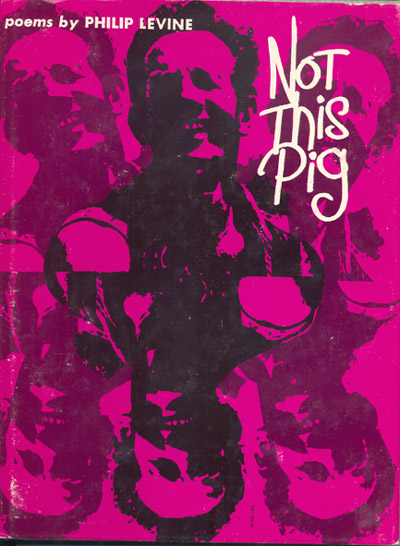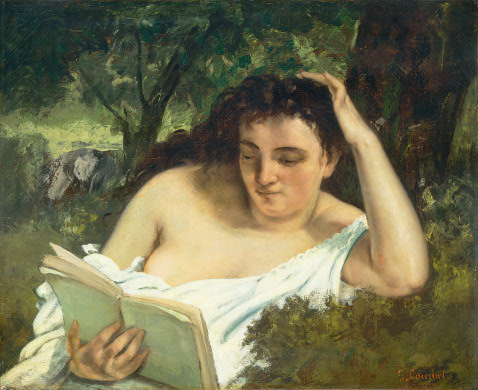J.M.W. Turner. Pope’s Villa at Twickenham. 1808.
A retrospective of 140 paintings and watercolors by Joseph Mallord William Turner — the most comprehensive ever in the United States — is on display at the National Gallery through Jan. 6, 2008. NPR’s web feature includes a slide show with 17 Turner images:
In early 19th-century Britain, artists were generally thought of as well-bred gentlemen.
But Joseph Mallord William Turner, who became the country’s greatest landscape painter, turned that notion on its head. Turner was a surprise to British society: He muttered, he was short and shabbily dressed, and he bucked the traditions of the art world through his luminous palette and artistic vision.
Turner, who lived from 1775 to 1851, marketed himself well and was able to move in many social circles, circulating his work throughout British society. While many of his contemporaries were painting noble subjects, Turner focused on landscapes. By incorporating references to literature, mythology and historical events in his works, he elevated the status of landscape painting.
“He loved the exceptional: of storm, of sunset, of extraordinary coloristic possibilities,” says Franklin Kelly, a curator at the National Gallery of Art.
Turner’s beginnings were humble. The son of a barber and wigmaker, he had little formal education but produced watercolors for local architects. At 14, he enrolled in the Royal Academy of Arts, where his watercolors of bucolic scenes were especially popular.
He later took up painting and studied old masters, including Rembrandt, Claude Lorrain and Nicolas Poussin. At 26, he was the youngest artist ever elected to full membership at the Royal Academy of Arts. His brushwork, expression and interpretation of light and atmosphere gradually established his reputation as one of Britain’s leading artists.
Pre-Impressionist
![gustave_caillebotte_paris_street_rainy_day Gustave Caillebotte. Paris Street, Rainy Day (La Place de l’Europe, temps de pluie). 1877. Oil on canvas. Art Institute of Chicago. [Source: Wikimedia Commons]](../../../../wp-content/uploads/2009/02/gustave_caillebotte_paris_street_rainy_day_1877_wiki.jpg)
![Fog at Isle Royale [Source: wildmengoneborneo.com] Fog at Isle Royale [Source: wildmengoneborneo.com]](../../../../wp-content/uploads/2008/04/isle_royale_fog.jpg)
 If there is an emerging genetic underclass, I could run for class president or class clown. Read more in
If there is an emerging genetic underclass, I could run for class president or class clown. Read more in 
